-
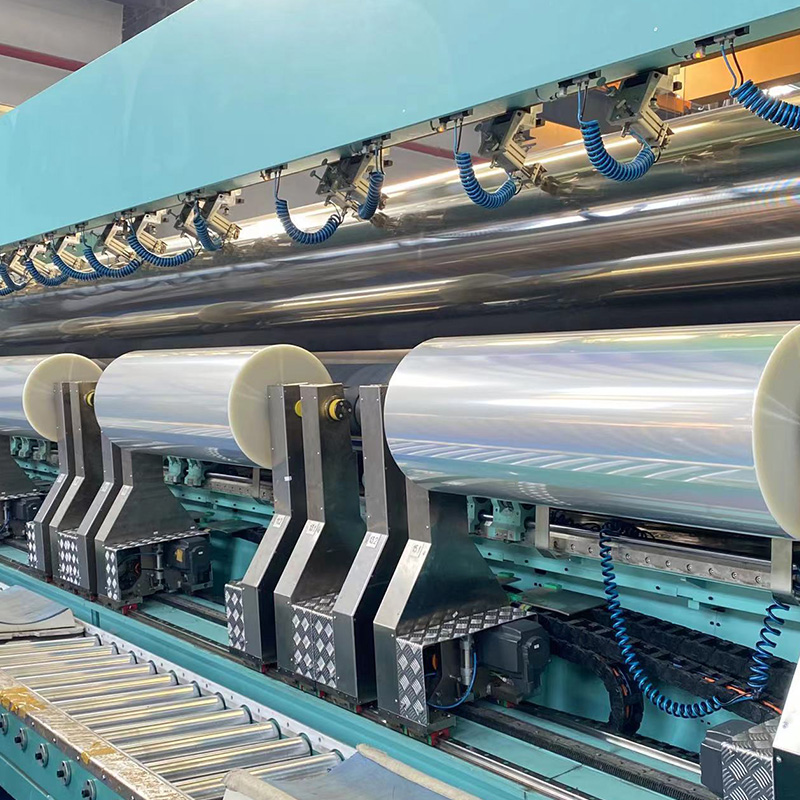 Biaxially Oriented Polypropylene Film
Biaxially Oriented Polypropylene Film
-
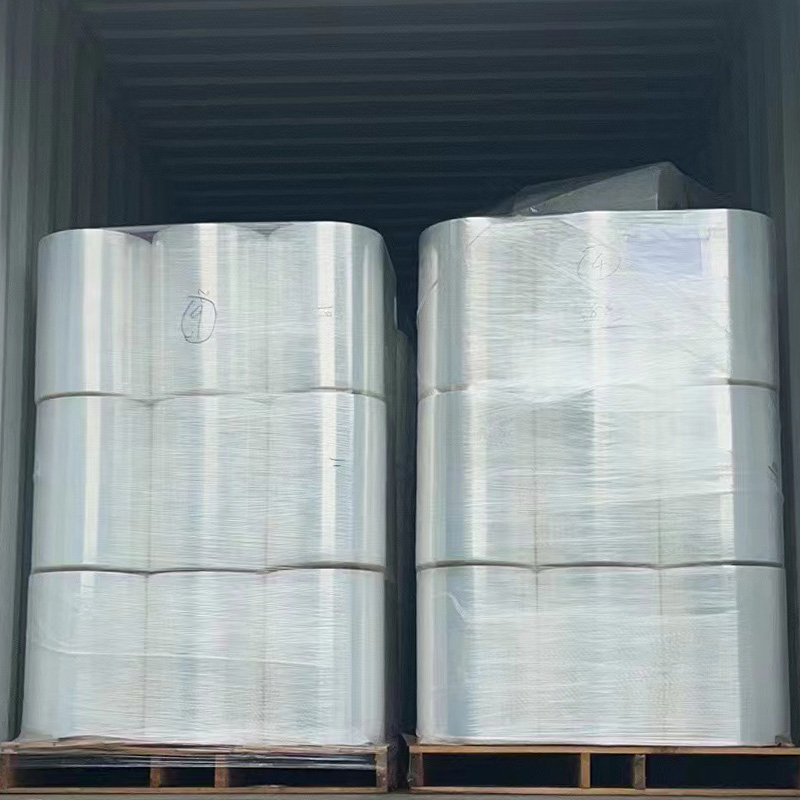 High Quality PE Stretch Film
High Quality PE Stretch Film
-
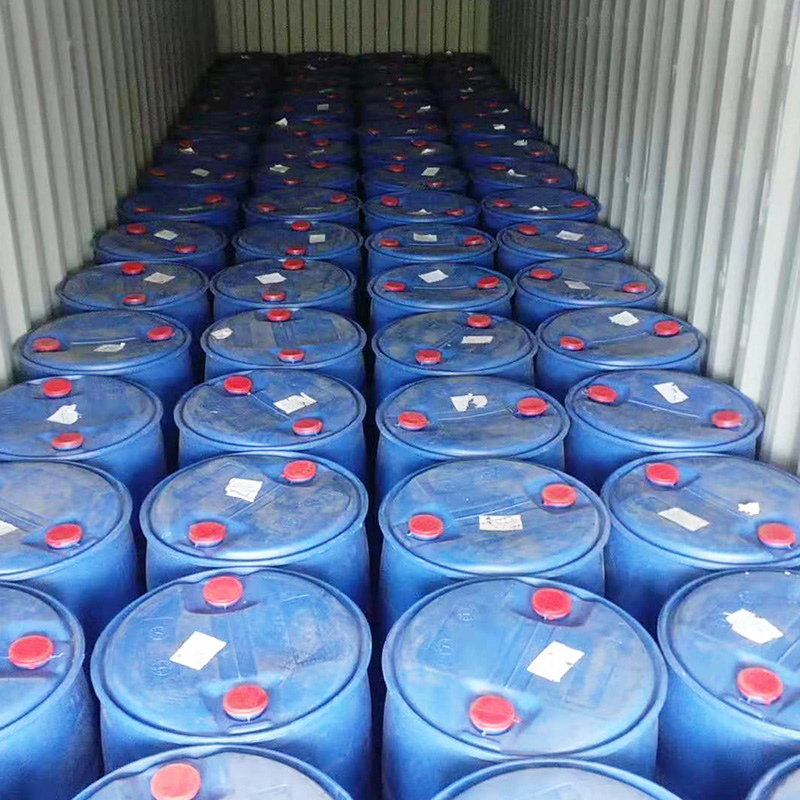 Water Based Acrylate Glue
Water Based Acrylate Glue
-
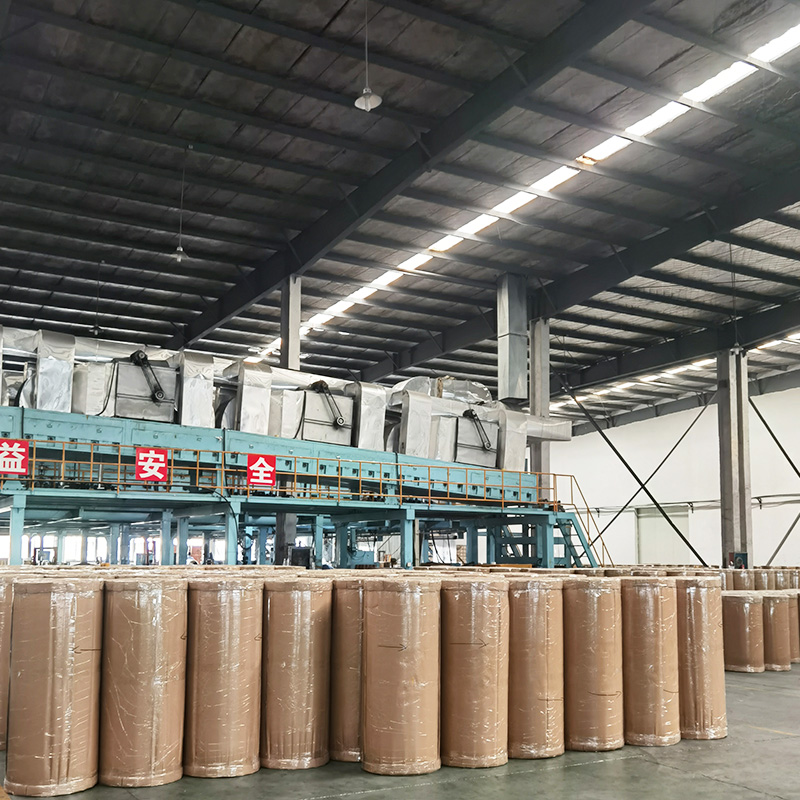 BOPP Acrylic Jumbo Roll Tape
BOPP Acrylic Jumbo Roll Tape
-
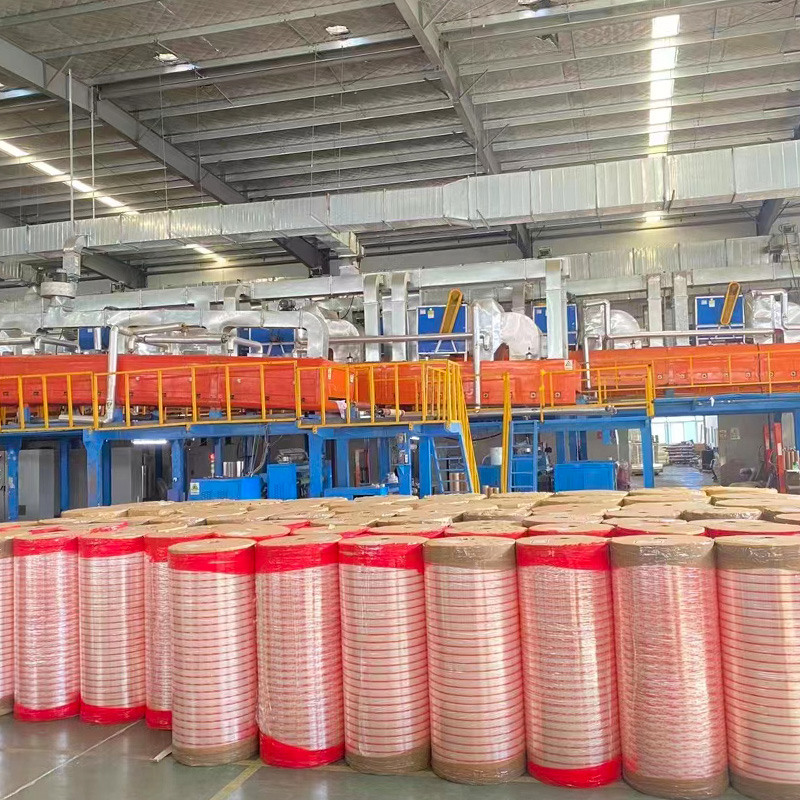 BOPP Hotmelt Jumbo Roll Tape
BOPP Hotmelt Jumbo Roll Tape
-
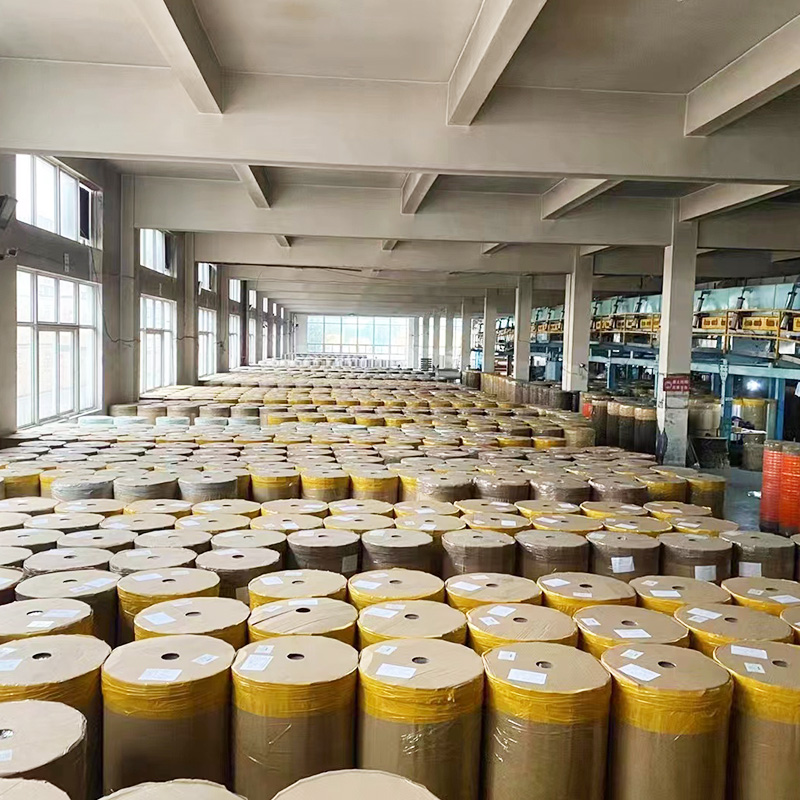 BOPP Solvent Jumbo Roll Tape
BOPP Solvent Jumbo Roll Tape
-
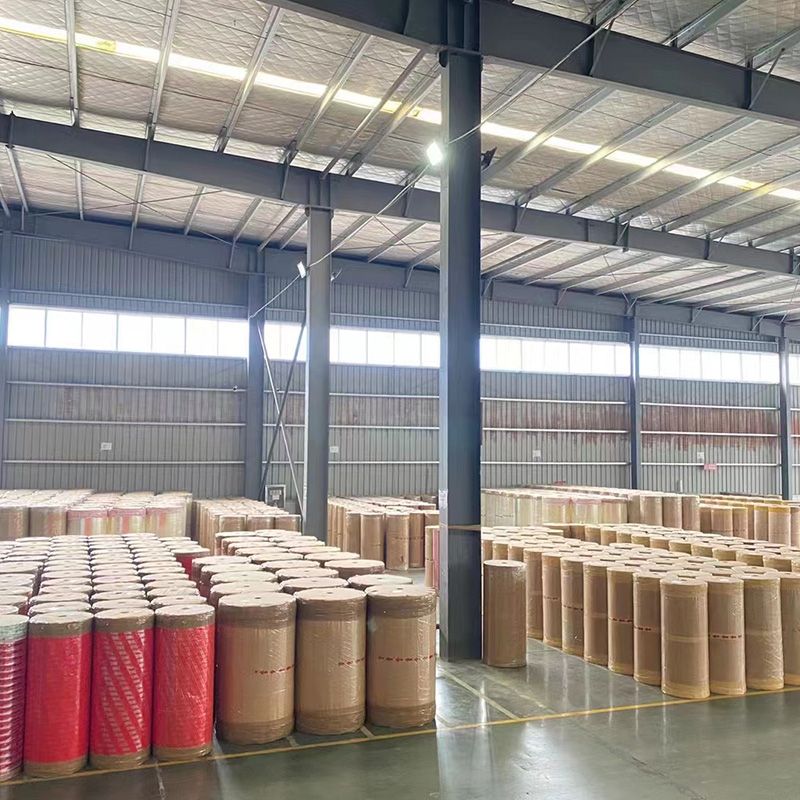 BOPP Natural Rubber Jumbo Roll Tape
BOPP Natural Rubber Jumbo Roll Tape
-
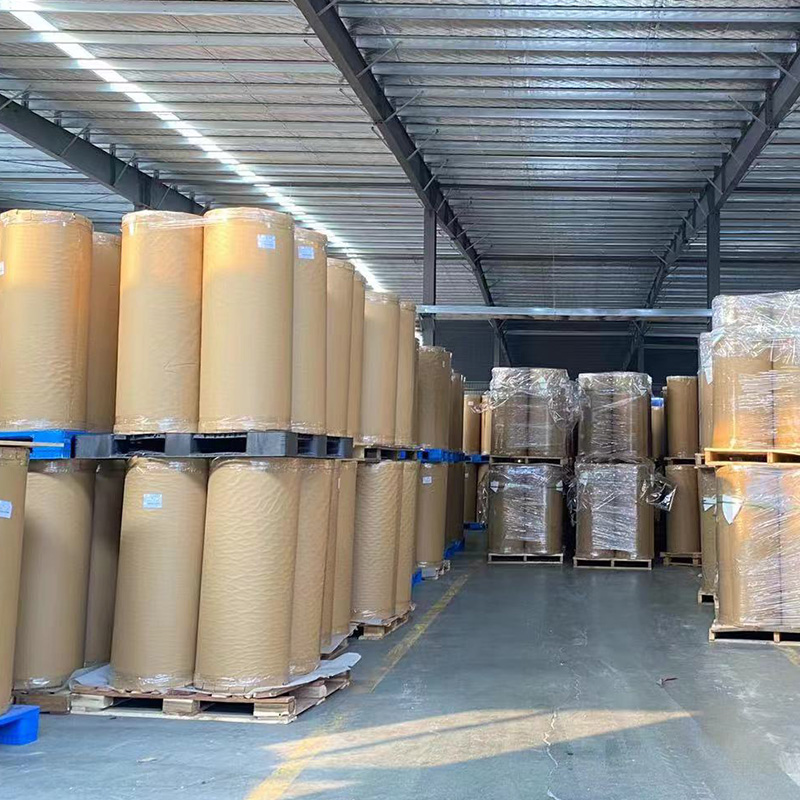 BOPP Low Noise Jumbo Roll Tape
BOPP Low Noise Jumbo Roll Tape
-
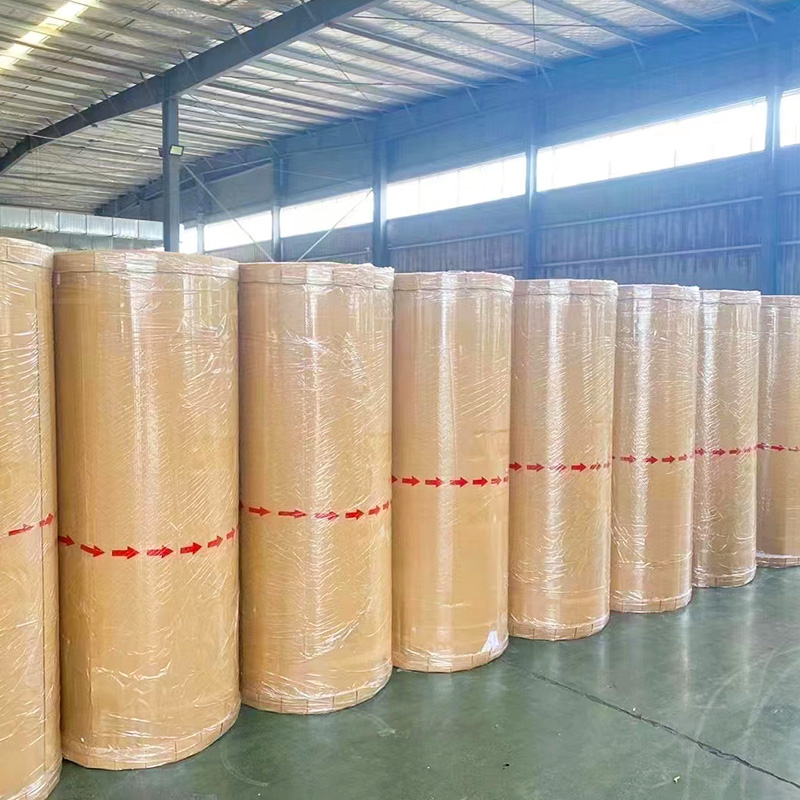 BOPP Silent Jumbo Roll Tape
BOPP Silent Jumbo Roll Tape
-
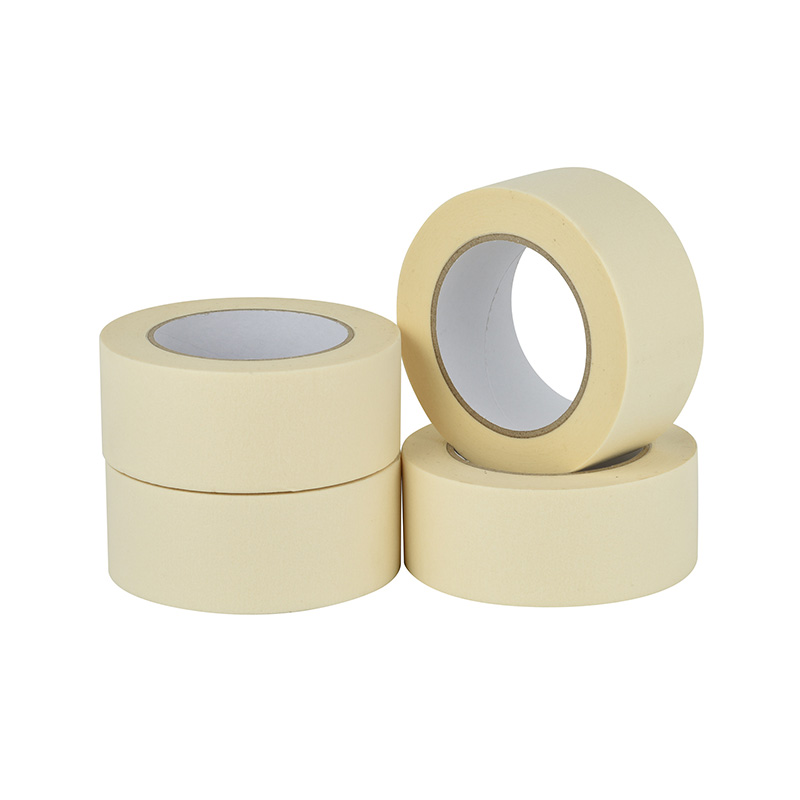 Masking Tape Jumbo Roll
Masking Tape Jumbo Roll
-
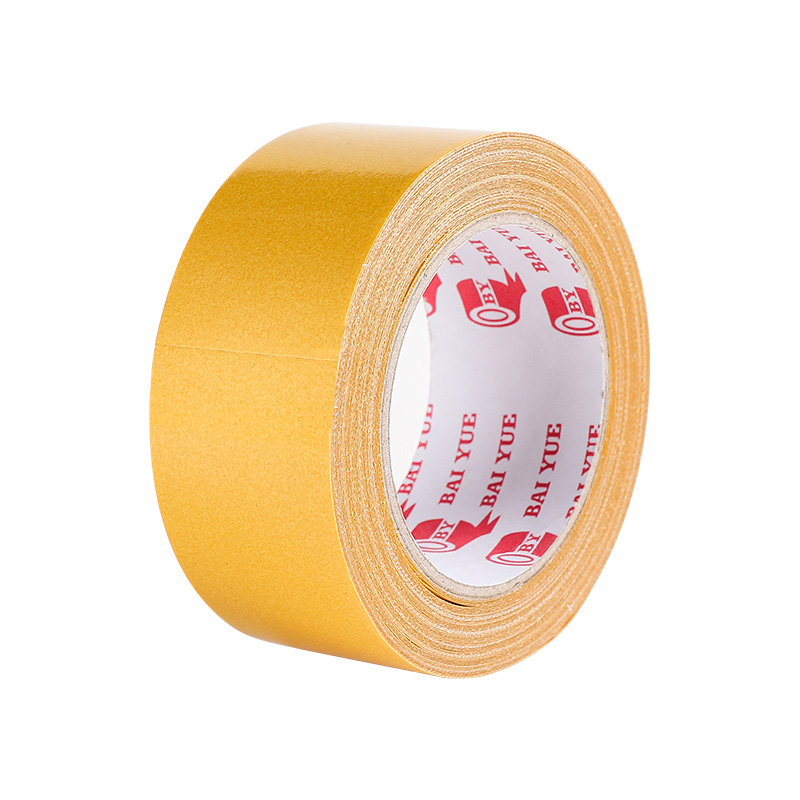 Duct Tape Jumbo Roll
Duct Tape Jumbo Roll
-
 Double Side Tape Jumbo Roll
Double Side Tape Jumbo Roll
Will low temperatures affect the adhesion of stationery tape?
1. Adhesive Hardening, Decreased Adhesion
Low temperatures slow the molecular movement of stationery tape's pressure-sensitive adhesive, causing it to harden and become brittle. This reduces elasticity and, consequently, adhesion.
2. Decreased Molecular Activity
Under low temperatures, the molecular activity within the adhesive decreases, leading to a decrease in both initial and sustained tack. Extreme temperatures may even result in a loss of adhesion.
3. Loss of Elastic Backing Material
The elasticity of the tape's backing material (such as BOPP film) decreases at low temperatures, affecting its adaptability under load and further weakening the adhesive bond.
4. Special Low-Temperature Formulas
To improve low-temperature performance, some double-sided tapes utilize special adhesive formulas and additives to maintain adhesion to a certain extent. This is a key research and development area for Zhejiang Baiyi Adhesive Products.
How to Extend the Lifespan of Stationery Tape?
1. Maintain a Dry and Clean Storage Environment
Avoiding moisture and dust, and preventing the adhesive from becoming damp or contaminated, can significantly extend the tape's lifespan.
2. Avoid Extreme Temperature Cycles
Exposing the tape to high or low temperatures for extended periods will accelerate adhesive aging. It is recommended to store the tape at room temperature (15–30°C) to minimize the effects of temperature shock on adhesive properties.
3. Select Heat-Resistant and Aging-Resistant Materials
Zhejiang Baiyi has four BOPP film production lines and an independent adhesive workshop, providing stationery tapes with both high and low temperature resistance. Using such products will naturally extend the tape's lifespan.
4. Proper Use and Cutting
Use manual tearing or specialized cutting tools to avoid excessive stretching or folding of the tape, which can damage the adhesive layer. Also, try to apply a complete section at a time to minimize adhesion loss caused by repeated application.
-
 +86-575-82818961
+86-575-82818961
+86-15906537907 -
 fortuna@baiyiadhesive.com
fortuna@baiyiadhesive.com
-
 Baiguan industrialZone,Shangyu District, Shaoxing City, Zhejiang Province, China
Baiguan industrialZone,Shangyu District, Shaoxing City, Zhejiang Province, China



Copyright © Zhejiang Baiyi Adhesive Products Co., Ltd. All Rights
Reserved.
Wholesale Tape Manufacturer
Custom Tape Supplier

 fortuna@baiyiadhesine.com
fortuna@baiyiadhesine.com


 中文简体
中文简体 Español
Español عربى
عربى